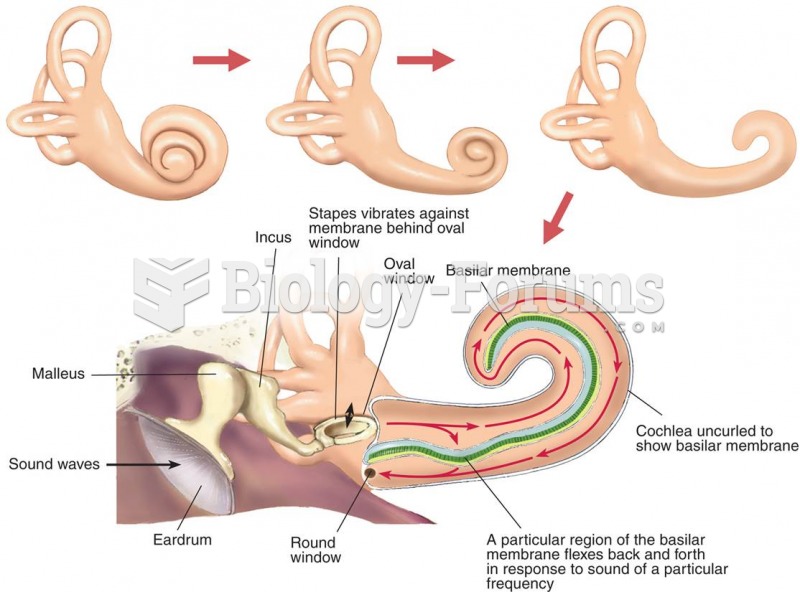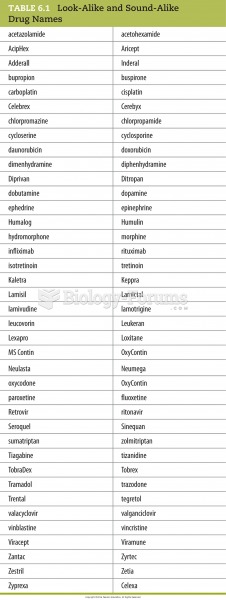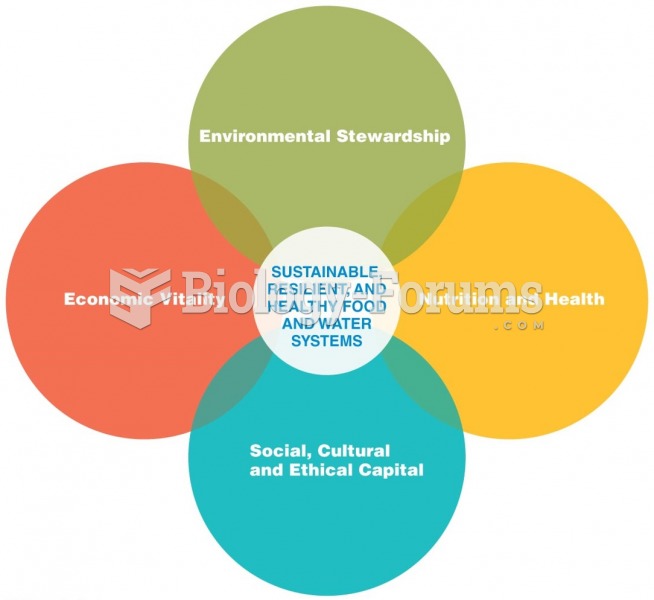|
|
|
Amphetamine poisoning can cause intravascular coagulation, circulatory collapse, rhabdomyolysis, ischemic colitis, acute psychosis, hyperthermia, respiratory distress syndrome, and pericarditis.
The eye muscles are the most active muscles in the whole body. The external muscles that move the eyes are the strongest muscles in the human body for the job they have to do. They are 100 times more powerful than they need to be.
There are approximately 3 million unintended pregnancies in the United States each year.
Egg cells are about the size of a grain of sand. They are formed inside of a female's ovaries before she is even born.
Multiple experimental evidences have confirmed that at the molecular level, cancer is caused by lesions in cellular DNA.







